At the National Storytelling Network, our mission is to advance all forms of storytelling within the community through promotion, advocacy, and education.
STORY NOW! Interview Series
The theme of our 2019 annual conference was Story Now!
Now! From the boardroom to the classroom, and the page to the stage, personal stories and folktales are catalysts for change in every aspect of our lives.
Now! We are witnessing the power of stories to tear down the walls that divide us, build bridges between people and cultures, and connect us, human-to-human. In this interview series, we’ll talk to storytellers who exemplify this Story Now! movement.
Each month we’ll sit down with an NSN member or member organization, from around the globe, and go behind the scenes to explore how they are personally harnessing the power of storytelling to tear down walls, to be a catalyst for change and connect us human-to-human. Through one-on-one, in-depth conversations, we’ll discover the type of storytelling they do, how they do it, who their audience is, and, most important, they’ll give examples of the real world, tangible results they get.
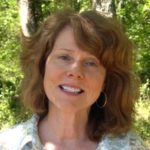 Kathy Greenamyre is NSN’s Community Relations Manager. She will be conducting interviews and contributing content each month for our Story Now! Interview Series. Kathy is the owner of a video production company. She’s interviewed hundreds of people over the past 12+ years. Her passion is to discover the world (and maybe even learn how to fix it) by listening to, recording, and spreading personal stories.
Kathy Greenamyre is NSN’s Community Relations Manager. She will be conducting interviews and contributing content each month for our Story Now! Interview Series. Kathy is the owner of a video production company. She’s interviewed hundreds of people over the past 12+ years. Her passion is to discover the world (and maybe even learn how to fix it) by listening to, recording, and spreading personal stories.
Joe Herrington — Canyon Country, California
Principal Media Designer, Walt Disney Imagineering
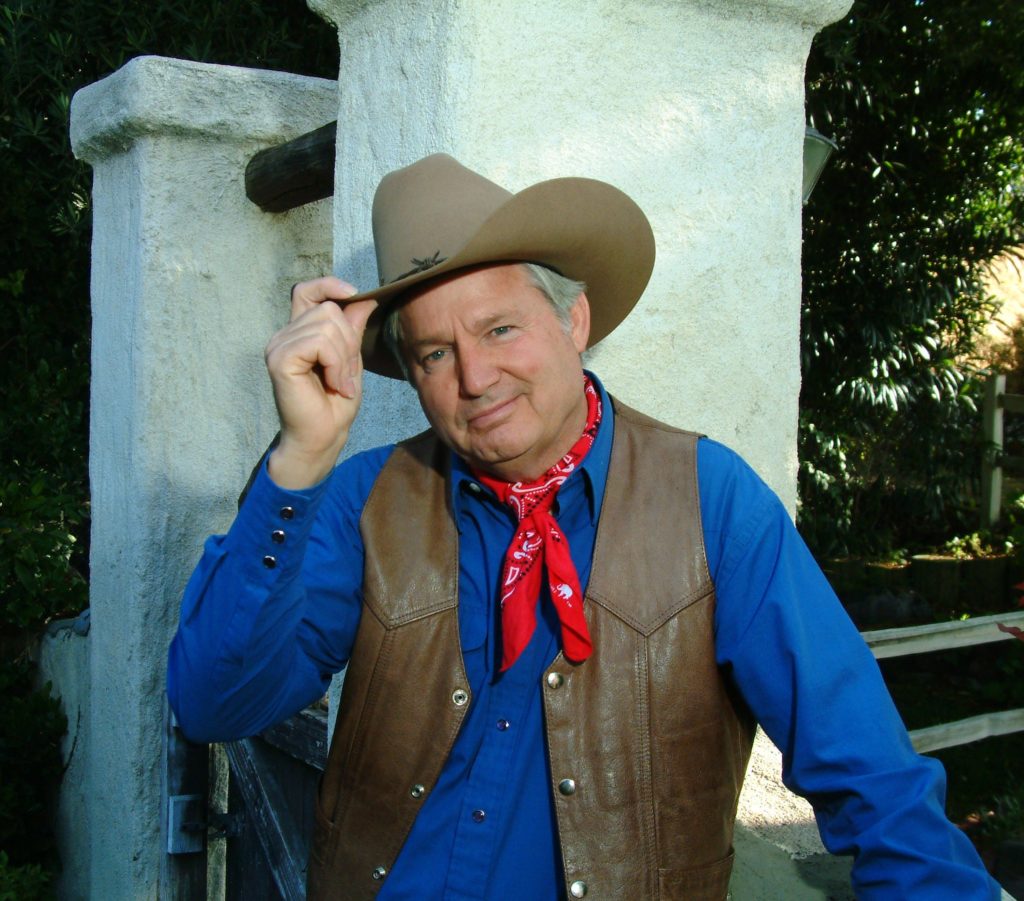
Kathy Greenamyre: Preparing for this interview, you told me about growing up in Texas and sitting at the feet of storytellers — namely your father and uncles — and how your love of stories started there, and ultimately led you to work at Disney.
In addition, you have a side gig as a storyteller, author and cowboy poet.
But first, working for one of the most iconic names in storytelling must be exciting. What kind of work do you do for the world-renowned Walt Disney company?
Joe Herrington: I work as an Audio Media designer for Walt Disney Imagineering. This is a think tank group within the Walt Disney Company. We create, design, produce and build all of the company’s theme park entertainment venues.
Disney parks began in California with Disneyland and Walt’s dream of a 45-acre family park. Today Disney parks are also in Florida, Hong Kong, Shanghai, Paris and Tokyo. The largest is the 26,000-acre Walt Disney World Resort with Magic Kingdom, EPCOT, Animal Kingdom and Disney Hollywood Studios.
KG: What a huge undertaking you and your team are responsible for. Explain the process, and your role in particular.
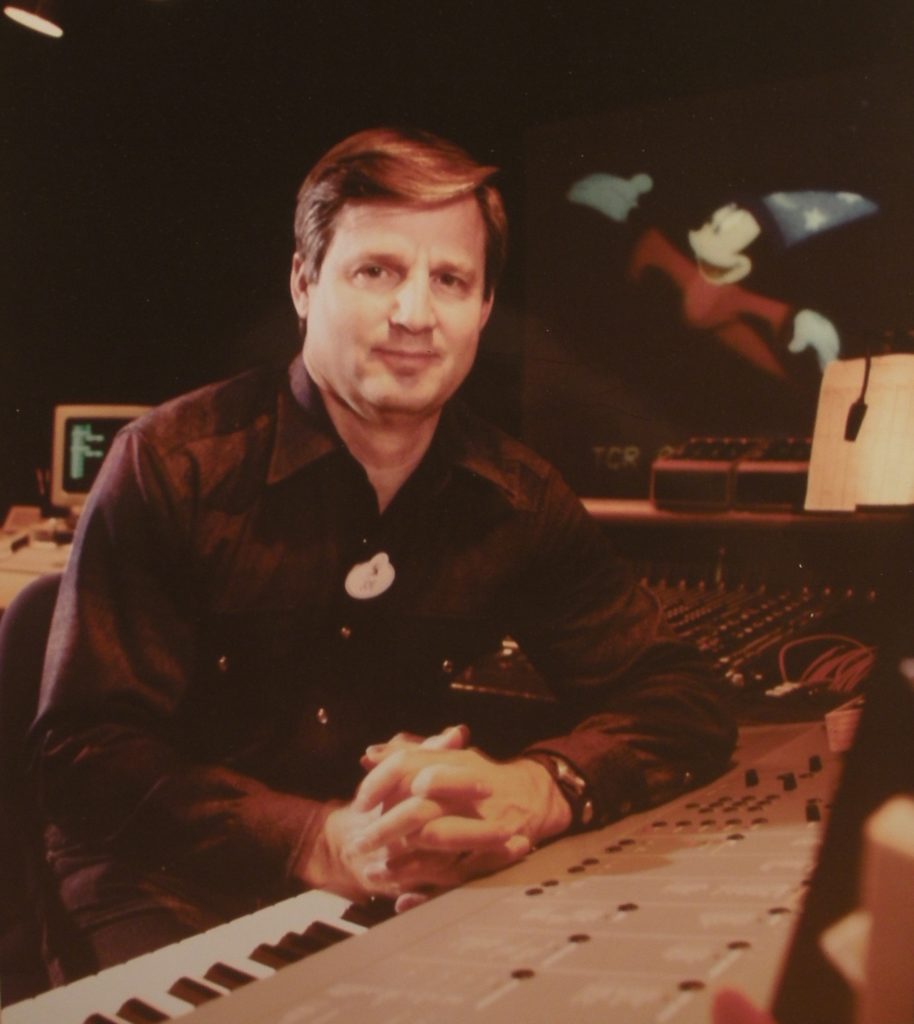
JH: My role in this is to create soundtracks for the attractions and the various lands. This involves working with many other disciplines in a collaborative effort where each discipline carefully fulfills their role while insuring we are all telling the same story with no slant or drift from the creative intent.
We typically start in a Blue Sky phase where the concept and story are born. I try to get involved in this arm-waving and dreaming process as early as I can so that the audio limitations and benefits to the story can be well known to the Blue Sky team.
From here the teams are formed from all disciplines to execute the story. There are producers, directors, architects, estimators, graphics teams, lighting teams, legal teams, audio teams, managers and of course every kind of engineer you can imagine.
My role involves working with most of them as the story pieces begin to knit together, first with challenges and finally with harmony. My main effort is much like an interpreter between the Creative team and the Engineering teams. These are groups that do not really speak the same language. One is total logic and adherence to formulas and rules. The other is basically opposite.
My job is to understand the creative intent and have a solid grasp of the story, then pass that on to the audio engineering team in the form of an audio story narrative that makes the story clear while speaking in technical terms that can be designed and built.
The process continues over a course of years as I lay out the building requirements that audio needs to tell the story. This involves things like speaker layout, acoustics, music, and naturally these things affect lighting, set design and architecture of the space. No one discipline trumps another, unless you might say safety. Disney cannot afford even one dangerous failure in millions. Our danger failure rate has to be zero.
From this point I begin to focus on the soundtrack creation. This involves zone diagrams, timing charts and endless interaction with the music department, video department, sound designers, sound mixers, sound editors, writers and naturally, the legal department.
When this process nears completion, I take my audio team to the field to install the attraction. That can take from a few weeks to a few months.
KG: That is simply fascinating, Joe! I don’t think any of our readers will ever go to another Disney park without an entirely different perspective, and respect, after that behind-the scenes tour you just took us on.
Can you give us an example of a specific project you and your team worked on for a theme park, and the process of bringing it to life?
JH: Imagineering works closely with Research and Development. Sometimes they invent things we incorporate into our attractions and sometimes they simply solve problems for us.
For example, in the early ‘90s we were working on Indiana Jones, Temple of the Forbidden Eye. My soundtrack required absolute sync at every point on the track and we had a vehicle that varied in speed, depending on Guest’s combined weight and vehicle temperature. There was no technology existing that would solve my problem.
I took an early music sampler and strapped it to the moving vehicle. I knew it would fail because it could not stand up to the violent motion of Indy’s jeep. I did, however, prove the concept before it failed. I was able to sync perfectly with the vehicle, no matter where it was, how fast or slow it moved, and even if it stopped.
I took my findings and needs to R & D and asked, “Can you build me something like this and make it as tough as a tank?” The young super geek, scratched his chin and said he thought he could… and he did.
KG: Given the nature of your work, how are you conducting business during this pandemic?
JH: Conducting business during COVID is very difficult when highly collaborative teams must constantly interact. Body language is a vital part of that kind of interaction. When you can’t read it, you get off track and there are misunderstandings.
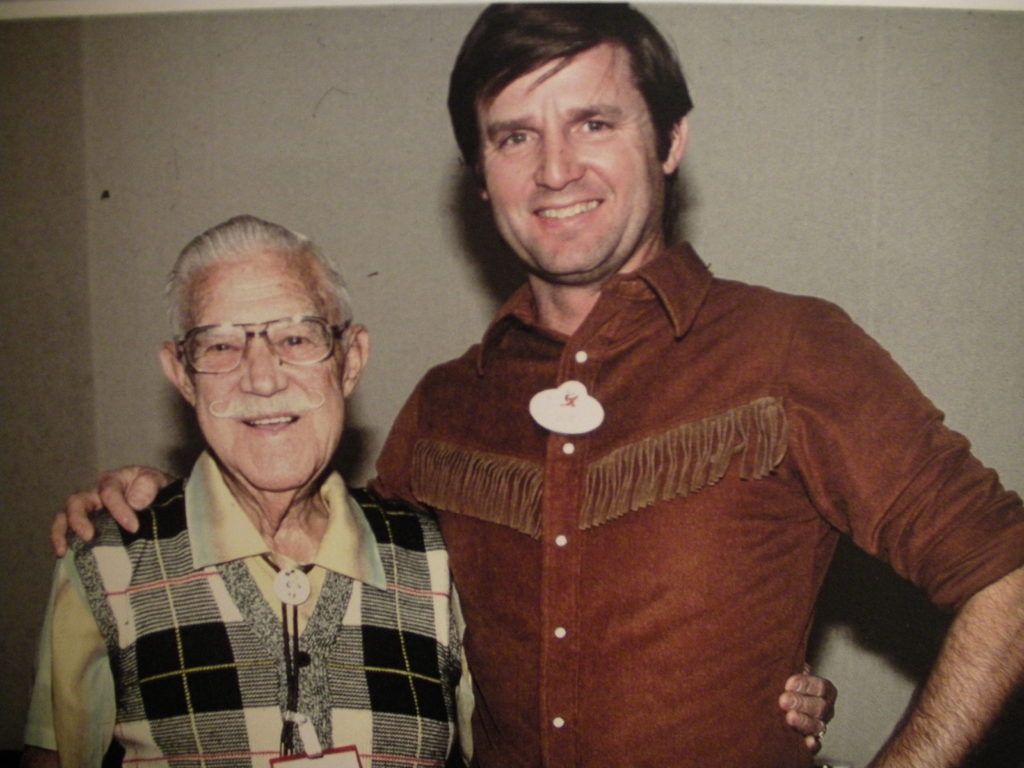 KG: Tell us the story of how you came to work at Disney.
KG: Tell us the story of how you came to work at Disney.
JH: When I was asked to come to Disney, Imagineering was called WED. There was no sound designer in the organization. We had a sound department, but it mostly concentrated on music, dialog and assembly. Most sound effects came from the Studio’s movie library and from their sound effects genius, Jimmy Macdonald. Jimmy started at Disney as head of the sound effects department in 1934. In ’46, Walt asked him to become the voice of Mickey Mouse. By the time he had retired in ’76, he had created the largest sound effects library in the industry and had invented and built thousands of sound effects props.
When I joined, Jimmy was still around even though officially retired. He was still active doing special work and publicity stuff. We worked together for the next 10 years until he died. I was fortunate to glean so much from such a master of his craft. He also spent a lot of time with my oldest son, Ben. That relationship led Ben to become one of the premier sound designers in the world.
KG: You must be such a proud dad! Talk a little more about your son.
JH: Two of my sons, Ben and Roy, picked up where Jimmy left off and started Sound Sculpture INC. They still invent phenomenal sound devices and techniques for the soundtracks they create. Their clients include Disney and other entertainment venues around the world.
KG: Joe, you told me that the power of storytelling plays a huge role in the work you do. Please say more about that.
JH: My entire workday is absorbed in storytelling. Each moment spent with other disciplines has the goal of telling a story our Guests will never forget. That story is not simply an oral story. It is a story told through light, sound, smell, imagery and emotion. It is a harmonious blend of music, narrative, imagery and environmental immersion. When you step into a Disney park, we control everything you see, hear, feel and smell. It is all part of a big story with lots of little, imbedded stories to explore.
To go a little deeper…
When Guests step into our world of magic, we want to control the story, the whole story. We don’t want distractions in the equation, so we carefully control everything seen and heard, ensuring that it supports the story. That means everything a Guest encounters, from cast member grooming to landscape to music.
Staying in story and attention to that story detail is the absolute goal.
KG: You’ve talked about the number of different disciplines/departments that you work with at Disney, and have said that you are the “interpreter” (of the story) between those disciplines. Explain.
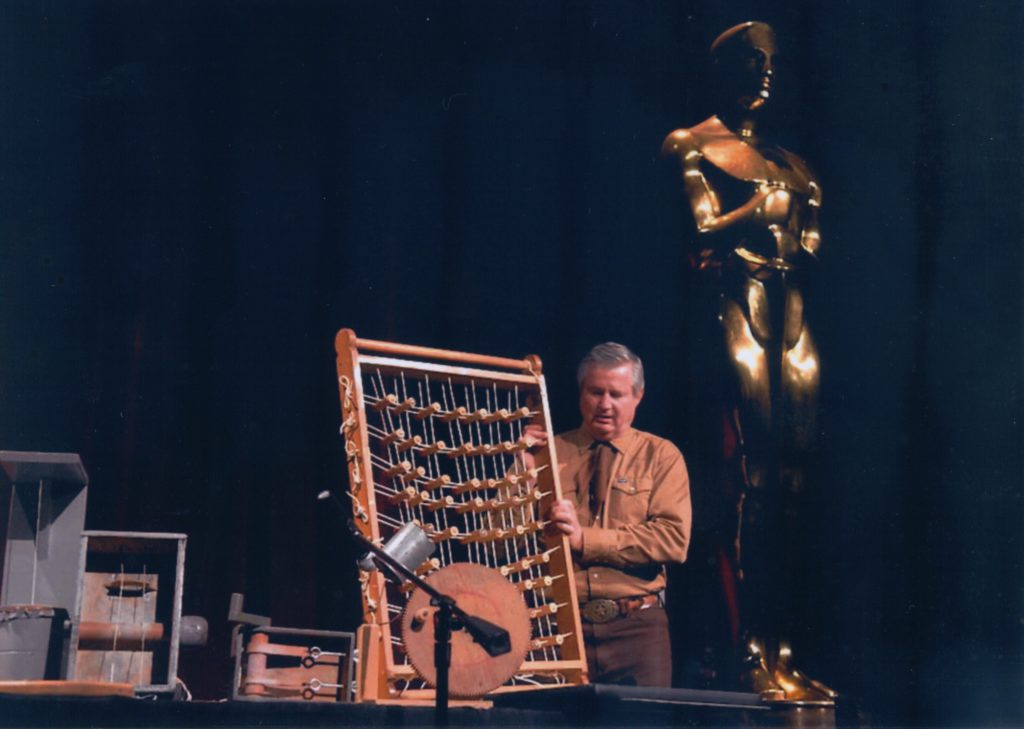 JH: When I came to Disney, there were real legends still walking the halls. These were men who had worked side by side with Walt. I was privileged to work with such legends as X Atencio, Buddy Baker, Jimmy Macdonald, Ward Kimble, Claude Coats and many more. These men lived and breathed story and were no nonsense about making sure we saw the importance of that.
JH: When I came to Disney, there were real legends still walking the halls. These were men who had worked side by side with Walt. I was privileged to work with such legends as X Atencio, Buddy Baker, Jimmy Macdonald, Ward Kimble, Claude Coats and many more. These men lived and breathed story and were no nonsense about making sure we saw the importance of that.
Today, we have so much fresh, young blood. These are brilliant young people with great ideas and good technological backgrounds, but they don’t always have the knowledge and respect for the history and the brand. They are quick to let technology trump a story. They get impatient with what it takes to develop a great story. I see this throughout the industry.
Technology and sensory overload become crutches for weak stories. A great many young, creative directors seem to think that a good story is just too smart for the room. Short cuts are taken that attempt to substitute those crutches for story. The end product falls into the fad category and never, ever last.
As one of the few left who has been walking the halls for forty years now, I find myself constantly having to remind our younger generation that it’s story first, foremost and last. Many times, I sit in presentations and have to ask, “Where is your story?”
But in the end, everybody from architects to black light painters to engineers and paper pushers, all realize that they are responsible for telling their part of the story. There is great pride in that, great pride in being a cog in a wheel of the greatest storytelling organization in the world.
Workshops & Speaking gigs…
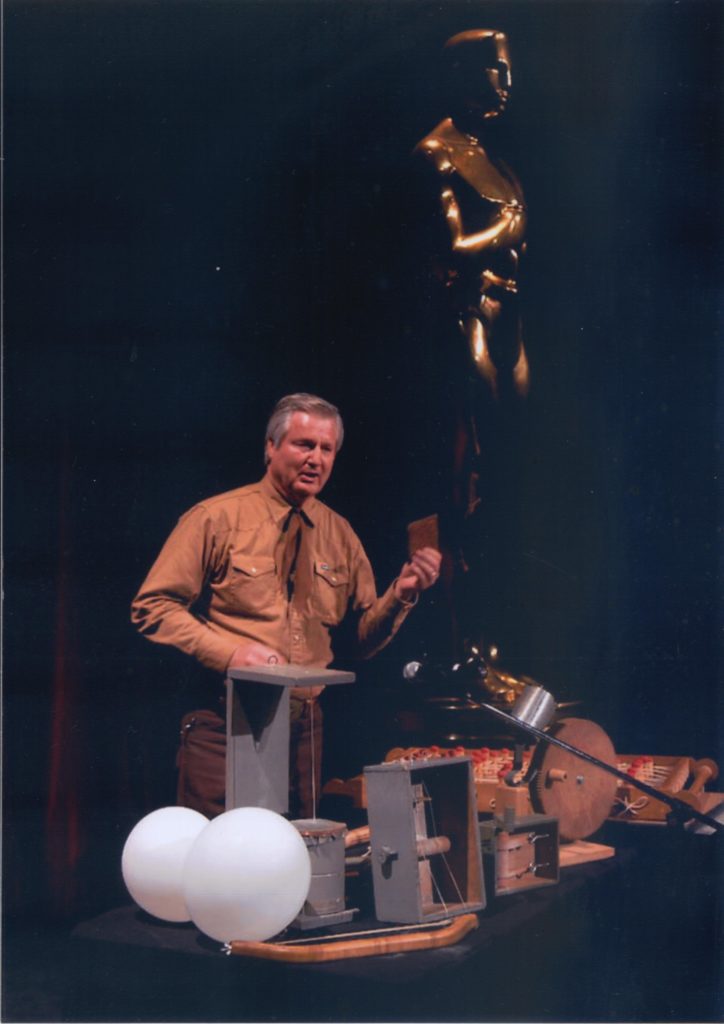 KG: You put on workshops for Disney, and you are also a Western storyteller and poet with your own separate storytelling business. Describe what you do and how you combine the two.
KG: You put on workshops for Disney, and you are also a Western storyteller and poet with your own separate storytelling business. Describe what you do and how you combine the two.
JH: As a Disney storyteller, a Western storyteller and Cowboy poet, I am in a unique position to talk story from different directions. My workshops and performances often combine all of that. Often, I’m requested simply because I am all three of those things.
I’ve done several corporate seminars where they requested a technical, Disney, how it’s done workshop during the day and a purely entertainment session of stories in the evening. Other times I’m asked to do story or poetry workshops.
KG: Give us an example of a time when it was undeniable that someone in your audience was affected by a story you told.
JH: I was doing a workshop for a combined group of students at CalArts. They were video designers, writers, music majors, dancers, game designers, animators and several other creative disciplines. They had requested a presentation on the importance of story and how it applies to their chosen field.
My workshop was the Power of Story. We discussed how story is at the heart of everything we do and learn. Humans communicate with story and always have, so no matter what their area of interest, they must understand and be able to tell a story using their particular talent.
I concluded by attempting to show the power of a traditional oral story without props or visuals. I told them I would only provide the words and they must dress the sets, paint the landscapes and costume the characters with their imagination.
One young man actually said, “I can’t do that.” In the end, of course, he did. They all did, and they discovered that their enjoyment came from their participation; their own brain creating the imagery of the story.
As the evening wrapped up, a young lady came to me a bit misty-eyed and said, “Nobody ever told me a story before. I’ve never experienced anything like that. I feel like I’ve been cheated.”
KG: What a great testament to the power of story. Can you give us another example or two you’ve witnessed?
 JH: I was asked to do a western-themed corporate event in Boston for a group of professionals. They turned out to be an organization of doctors and lawyers.
JH: I was asked to do a western-themed corporate event in Boston for a group of professionals. They turned out to be an organization of doctors and lawyers.
I showed up in my normal cowboy outfit and got strange looks and turned up noses from very uppity, well-dressed folks who were sure I was in the wrong place. Their idea of western theme was white lace table cloths with rather elegant blue kerosene lanterns as centerpieces.
After dinner, I told western stories and the mood completely changed from stiff and stuffy to warm and friendly. When the evening was over, they asked me to come outside so we could sit around and continue the stories.
Once again, I found people who believed storytelling was simply something for children, come to realize that stories are for everybody.
One other quick example…
I was called by the owner of an oil company in Midland, Texas. His company was having their annual convention at Disneyland and he wanted his employees to understand how they could use storytelling to improve their work. Naturally, a lot of Disney, “how to” got into that workshop as well.
Joe’s early years…
KG: You grew up in Texas and stories were an important part of your daily life.
JH: I grew up at the feet of storytellers. As kids, there was nothing we enjoyed more than finishing a day of hard work and gathering on the front porch or around a campfire to listen to the old folks tell stories. Just as many times, those stories came naturally in the course of the day’s events.
I remember once when I was older, my brothers and I took a canoe trip down the Medina River. The plan was to stop and meet our elderly Uncle Jack at a remote country bridge not far from his ranch. We planned to share our lunch with him and take off down river again.
As we sat there visiting, he seemed to recognize the place and began to tell a story of being sixteen and delivering horses to Bandera. He told how his pack mule chose just this spot to roll in the water, drenching and scattering his supplies.
Then he said, “I stretched my rope right over there and hung everything up to dry.” He told us he had driven a railroad spike into the tree to tie off his line. We immediately set out to see if that spike was still there.
It was there, almost completely grown over, but right where he put it as a young teenager!
JH: Most of what I have learned of life came through stories… life stories that were lived and passed on.
Thinking back to my school days, I realize that I remember very little that was taught to me as a cold, hard fact. But I can sure remember what I was taught through story.
For example, in high school, I was taught to hate algebra. I didn’t just hate it; I was taught to hate it. My teacher was one of the high school football coaches who had to teach the class to fulfill his job requirement. He didn’t want to be there, so by default, he taught us that we didn’t want to be there. Algebra just became a class of cold, hard facts and formulas that few appreciated or remembered.
Later when I took Geometry, I imagined the same thing. The teacher was Miss Adams. I don’t know how old she was, but in my young mind, she was ancient. In her first class, she got down to business and told us a story about another geometry teacher; a woman mathematician named Hypatia of Alexandria.
Hypatia taught mathematics, science and philosophy in ancient Egypt in about 400 AD. It was said she could make any student understand geometry. Men of influence were furious and jealous of her knowledge and ability. They said she didn’t know her place; didn’t even dress like a woman. She wore the cloak and robe of a scholar and drove her own carriage. She even lectured in public.
One evening as she drove her carriage through town, she was attacked, stripped and brutally beaten and tortured by a mob of scholars and zealots. They scraped off her skin with sharp oyster shells, ripped off her arms and scattered her body parts through the streets of the city, and then burned her remains in the church library along with all of her writings they could find.
Wow, this wasn’t like any math class I ever had before, but I was listening like never before.
She went on to tell us stories about the mathematics of the Great Pyramids of Egypt, Stonehenge on the Salisbury Plain, the Medicine Wheel of Big Horn Mountain, and the amazing Colossus of Rhodes. She told wonderful stories of ancient civilizations and the amazing things they built with incredible precision… using geometry.
She reached inside us with her stories and unlocked something called wonder. Before she ever wrote a geometry formula on the board, we were asking… How did they know? How did they do that? How could we understand? The story of geometry became a grand mystery to unravel; a puzzle to solve. It wasn’t a list of formulas and rules; it was a game and her stories made it fun.
Who would have ever thought geometry could be taught with stories?
KG: During an earlier conversation you said, “Whatever your job is you can do it better with stories.” How does this belief manifest itself in your world?
JH: I firmly believe that. Nobody likes being told to do things. We prefer to believe we decided to do it or we realized it needed to be done. Stories allow for that. A story is like seeing the experiences of someone else passing by in front of us on a conveyer belt. As we listen, we are attracted to those things that interest us or apply to us. No threat. No finger in the face. Nobody telling us how or what to do. We just reach up and take the things we want off the belt. Stories allow us to learn valuable life lessons without having to personally endure the heartache of experiencing them first hand.
The story helps us discover our needs, our failings and our strengths. With story, you can persuade people, teach people and even sell to people. With story, you can learn or teach anything to anybody. With story you can reach through the toughest crust of the meanest person you ever met and touch their heart.
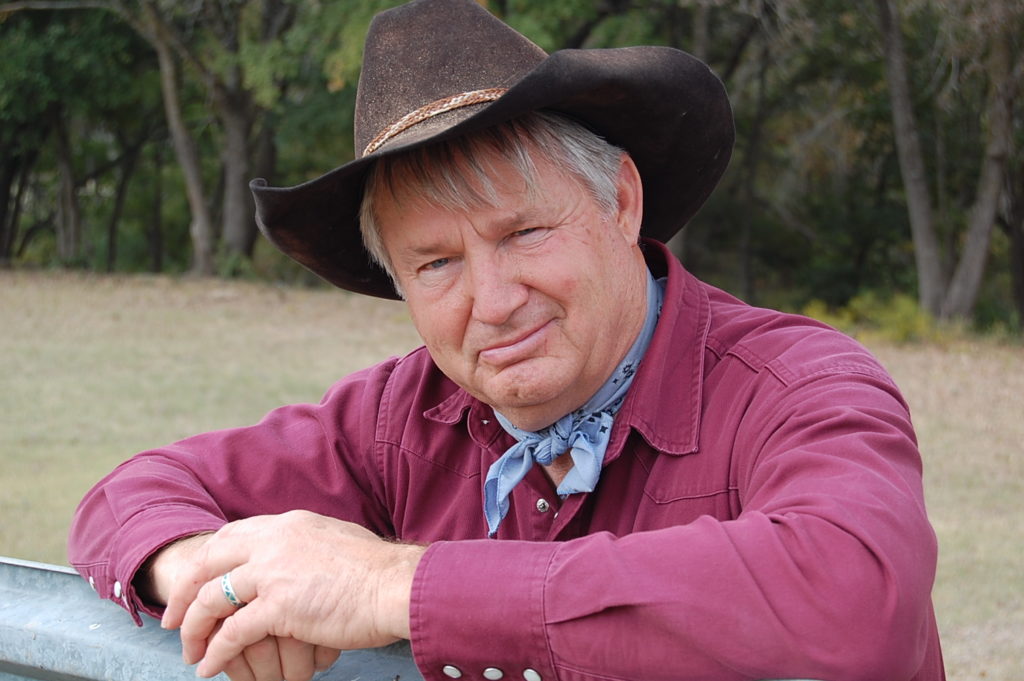 KG: Joe, you became a Western Storyteller, Author and Cowboy Poet along the way. How did that come about?
KG: Joe, you became a Western Storyteller, Author and Cowboy Poet along the way. How did that come about?
JH: I started telling stories to my Boy Scouts while stationed at Ft Knox, KY as an Army Drill Sergeant. I discovered that my young scouts desperately needed the lessons of honor and character.
I had grown up in the shadow of men and women with such character. It was as solid as steel. I saw them live their honor and integrity and they insisted on passing it to me. Upon seeing the need, I realized that I had so much material to draw from and share to a world hungry for something wholesome and yet entertaining.
The boys began asking for stories at every gathering. Soon their parents started coming just to hear the stories. Then I discovered the folks would pay to hear such stories, so I kept telling them.
KG: Your “cowboy” stories seem to have a powerful affect on your audiences. Why do you reckon that is?
JH: Growing up on the West Texas prairie and living the cowboy culture, ties into the world’s affection for the American West. People like western stories rooted in real life. Those stories seem to touch a chord in all of us that speaks to good and evil, right and wrong, heroes and villains. The stories are of people who struggled and succeeded, animals doing remarkable things, rugged places and times. They are about rising up from tragedy, hardship and oppression.
Cowboy stories are real life stories in the raw and people are drawn to that.
When I show up to tell stories, I’m often the curiosity. I’m the square peg in the round hole and that stirs people to wonder what I’m about. I love breaking down the modern cowboy stereotype that is really not cowboy at all.
Cowboys were honorable people with extremely high standards for life, honesty and behavior. I grew up with real cowboys and saw that first hand.
Now, I want to pass on those life lesson stories from my childhood to a world in desperate need of something wholesome and good.
KG: We’ve learned a lot about the fascinating work you do at Disney. As a kid, did you, in any way, see yourself working in such a creative environment one day?
JH: I find it interesting that as a kid, I didn’t even know Disney existed until I saw it on my friend’s television. I still never gave it any thought. Even though I worked every kind of ranch job you could think of, I loved all things mechanical and electrical.
At a high school job fair, I met a radio station manager, asked my questions and explored other booths at the fair. A week later, the radio station manager called me and ask me to come in for a reading. Not really understanding, I said sure and ended up working as an announcer from six to midnight all through my senior year.
Then I left for the Army wanting to follow in my Dad’s footsteps. When my time was up, I returned to my home town, took a wife and went to work at the local TV station as a cameraman. Soon I was directing news and commercials, but I wanted to use my GI bill to go back to school and pursue my interest in astronomy.
My astronomy professor saw something in me that I certainly didn’t see, and convinced me to apply for an astronomy internship in Rochester, NY. I did, and got the position.
My brand-new wife and I spent a year there. When the program ended, I landed a job as the production Director for the Fleet Space Theater in San Diego where I produced public and school shows about astronomy.
In my eighth year of that, two Disney executives saw one of my shows and asked me to come work for Disney.
Now, four decades later, I’m still a happy camper.
Final question…
KG: Explain why storytelling is so important to you and should be for everyone.
JH: Story is the much needed, connective tissue between all humans. We began communicating with stories, and today we communicate best when we use stories. We discover each other through stories and once we make that discovery, we never see each other in the same light again. Something has changed… we know their story.
Unfortunately, we find ourselves in an age of technology that often conceals the story of who we really are. It doesn’t reveal what’s under the surface. That story gets masked behind a façade, fabricated by the technology.
Relationships are cold and fake. But I remember when it wasn’t so. I fondly remember my Army days overseas and the letters that I longed for because they got me through some mighty rough times. Those letters were stories from home. They were filled with the warmth and caring from people who chose to take the time to write their story. I read them over and over until the ink ran and smeared from sweat and wear.
We don’t communicate like that anymore. Instead, we slaughter our English language with abbreviations, symbols, no punctuation and such poor communication skills that misunderstanding and hurt run rampant.
We lose our basic forms of compassion and sensitivity in quick, thoughtless keystrokes. We’re in such a rush, we hurt without even knowing or caring.
Our modern communication is fast retreating from the art of storytelling and we are worse off because of it.

CONTACT JOE:
Joe Herrington
Western Storyteller
www.joeherrington.com
NSN loves publishing items submitted by the storytelling community! If you’re interested in writing something for publication on the NSN website, newsletter, or Storytelling Magazine please contact the NSN office for more information.
Contact the National Storytelling Network
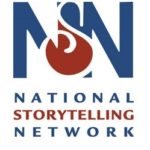 c/o Woodneath Library
c/o Woodneath Library
8900 N.E. Flintlock Road
Kansas City, MO 64157
Telephone: (800) 525-4514
Website: https://storynet.org
Email:
Find us on social media!
Facebook: https://www.facebook.com/National-Storytelling-Network-217381542906/
Twitter: https://twitter.com/NSNStorytellers
Instagram: https://www.instagram.com/nationalstorytellingnetwork
YouTube: https://www.youtube.com/channel/UCBedmDdaRi9N-4Hs-QeYNqw

